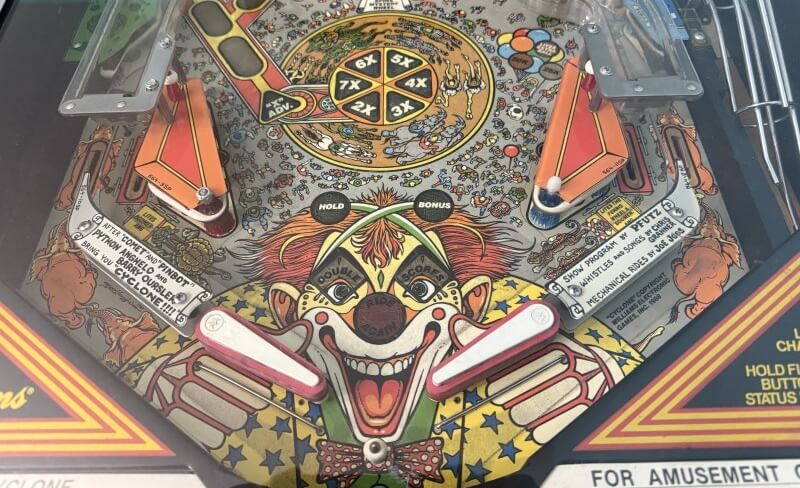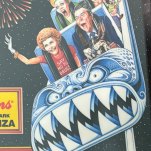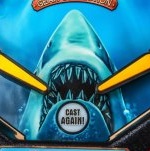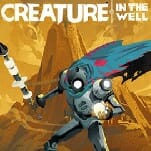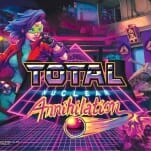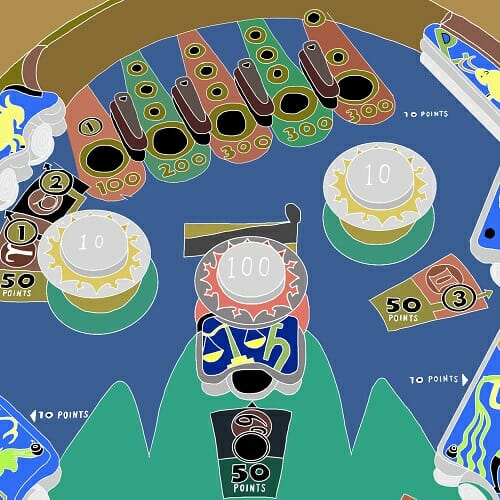Pinball Might Have Peaked in the Late ’80s with Cyclone and Williams’ System 11 Games
A Very Good Pin #1: Cyclone
Photos by Garrett Martin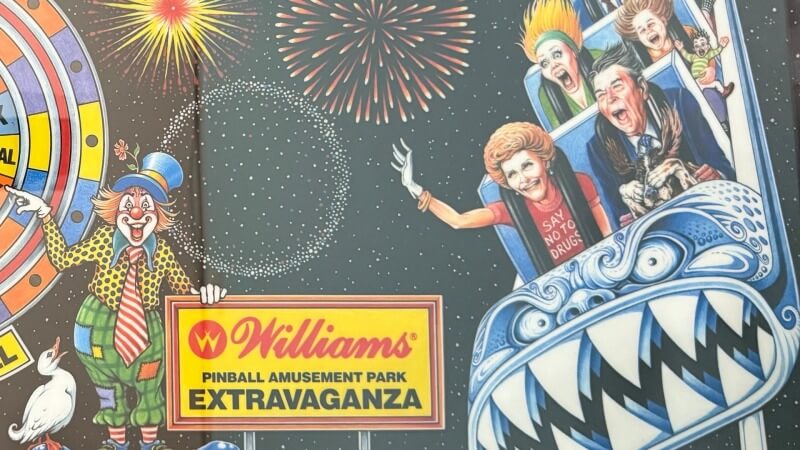
Welcome to the debut of A Very Good Pin, the first in an occasional series about our favorite pinball machines. First up is 1988’s Cyclone, a top-notch game from Williams’ series of machines using the System 11 boardset. Williams released three dozen pins between 1985 and January 1991 that used one of the four models of the System 11 boardset, and for our money, Cyclone might be the very best of the bunch. Here’s why.
Pinball is restless. Just as the ball almost never stops moving during a game, pinball itself constantly changes, grows, and becomes more complicated as technology advances. And that sped up considerably in the 1980s, as solid state machines and pressure from video games inspired increasingly complex and interactive pins. As quaint as a late ‘80s Williams System 11 machine might look compared to today’s games and their HD screen backboxes and Wi-Fi code updates, at the time they were light years more complex than pins released just 10 years earlier. Sometimes I think they’re about as complex as pinball should be, and although that feeling usually doesn’t last long, there’s one game I want to play whenever I’m in the thick of it: Cyclone, the 1988 Williams machine set in an amusement park.
There are a few reasons Cyclone remains a top 10 all-timer for me, and the aesthetic is a big one. The amusement park theme is evergreen, Python Anghelo’s whimsical art is always a treat, and, oh yeah, it’s the pin with Ronald and Nancy Reagan riding a roller coaster on the backglass. You could get away with tongue-in-cheek political gags in the ‘80s, but it’d be hard to do today with how divided the country has become; you can be sure our current president and his quick-to-offend followers would take issue with any depiction of him that was less than idealistic, and everybody else turns to things like pinball in part to forget he exists.
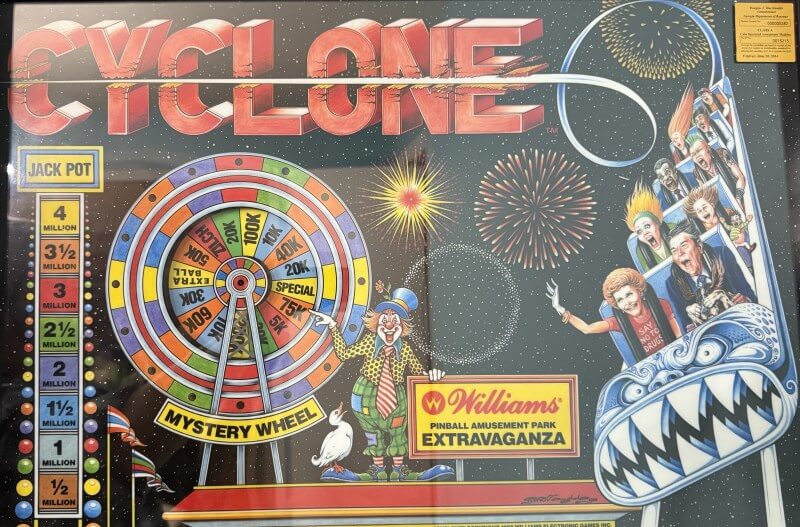
-

-

-

-

-

-

-

-

-

